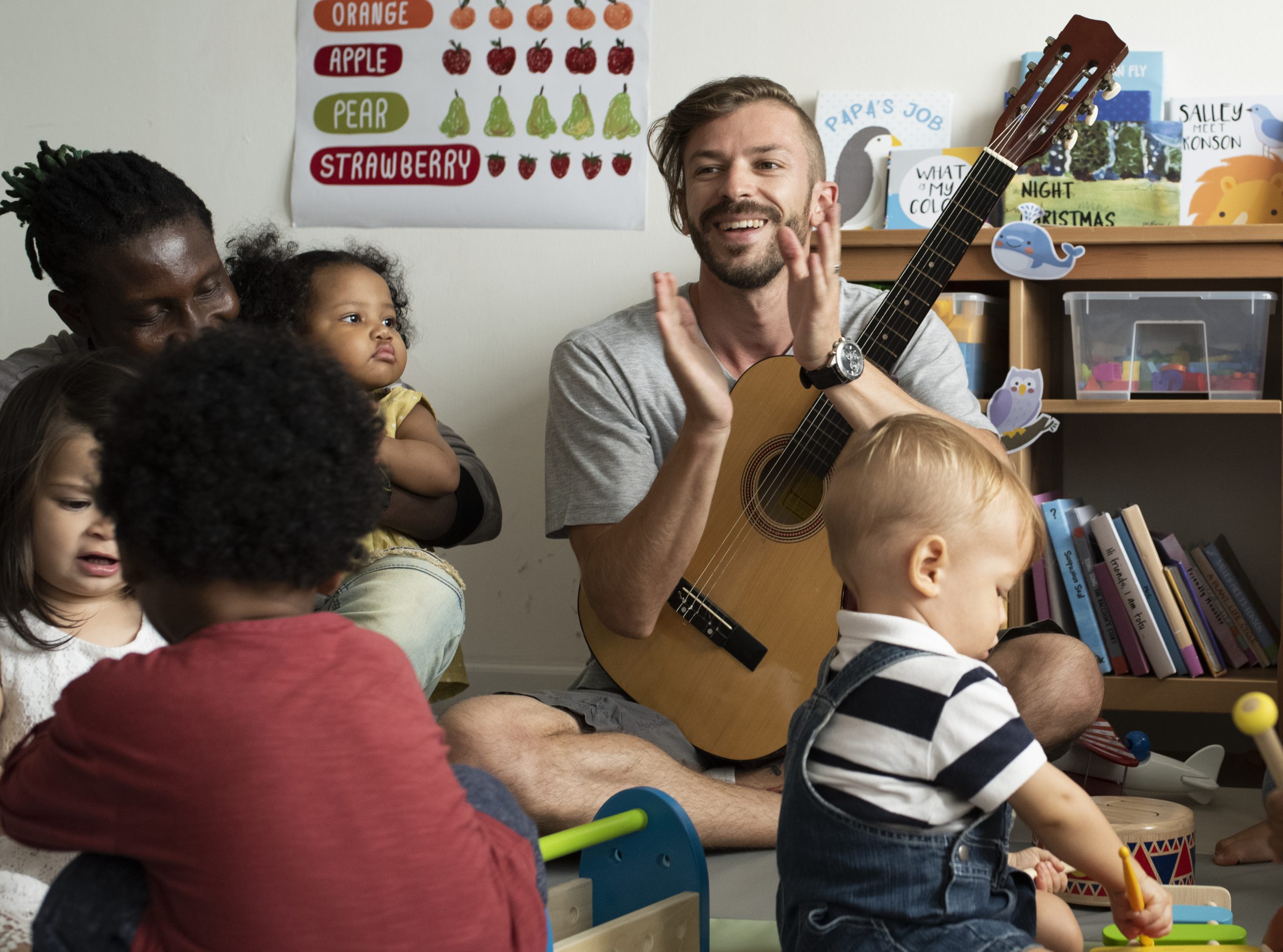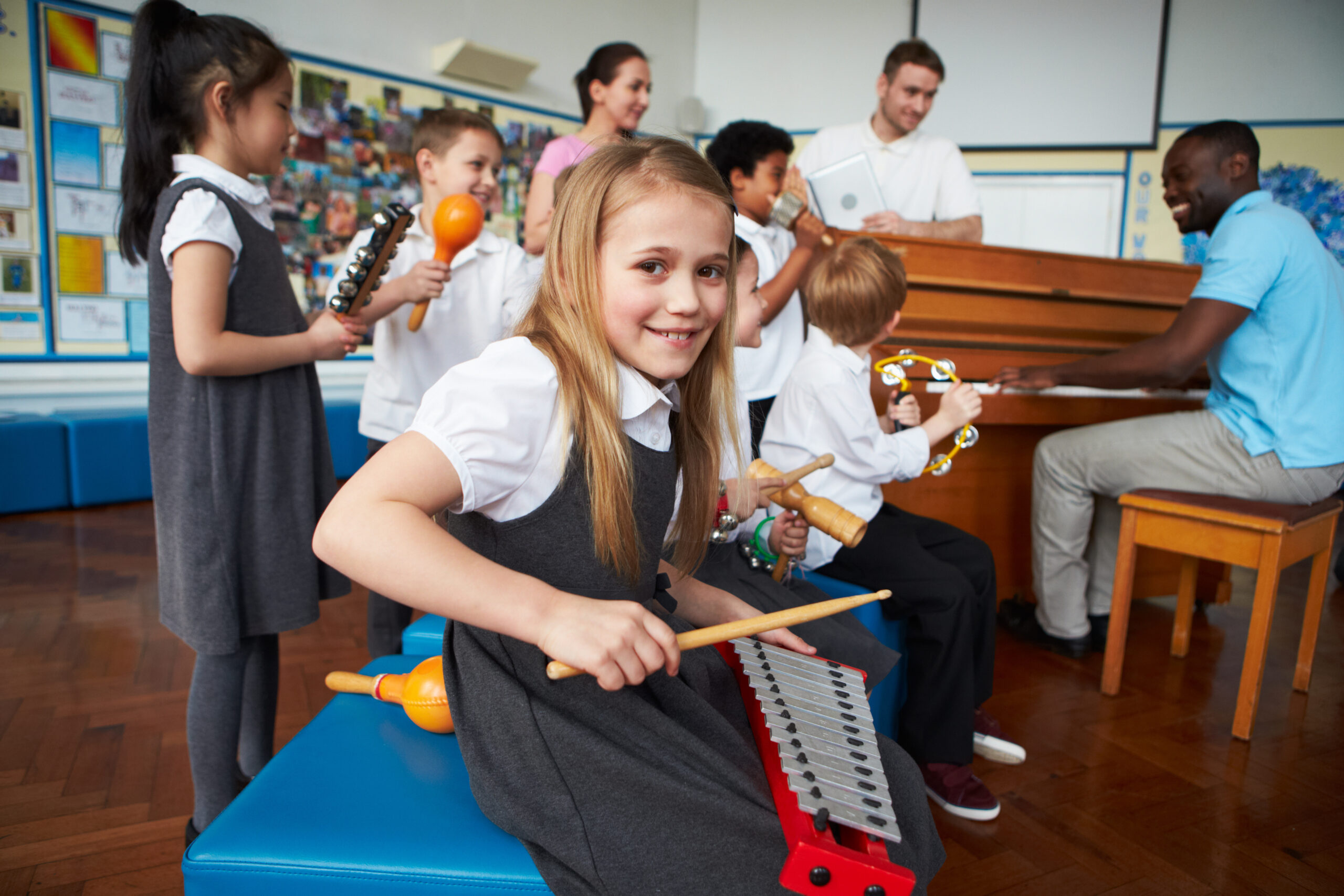
mix talked to Ann-Sofie Vande Ginste, violin teacher and pedagogical coordinator at the Conservatorium aan Zee in Ostend.
Her ambition? To use creativity from a strong human perspective, showing great respect for every student, in order to connect with every student in the classroom.
Which aspect of diversity do you experience directly in your practice?
Ann-Sofie: I currently teach violin at the Conservatorium aan Zee in Ostend. In Ostend, somewhere between 11,700 and 16,000 people live in poverty. This comes down to 1 out of 4 children living in insecure conditions and facing a very serious problem of inequality. That is why the Ostend city authorities approache this problem with an ambitious poverty reduction plan. One of the concrete actions from this policy plan is the application of reduced prices for the underprivileged within the city’s leisure offer, UiTPAS met kansentarief.
Poverty is more than a lack of money. The impact of poverty is enormous. People living in poverty have limited or even no access to a number of essential areas of society. With this extra push, people living in poverty can also find their way to music education in Ostend. In order to improve communication with the parents, extra support is provided by interpreters. I would like to point out that the system is an opportunity rather than a guarantee.
How important is the ‘Uitpas with kansentarief’ initiative to you? Does it have any impact?
Ann-Sofie: Thanks to the existence of the system, it is easier for pupils in this specific context to find their way to art. Their attendance is a big bonus. And that’s where it all starts. Without their attendance, there would be nothing possible and I certainly could not mean anything to them. As a teacher, I don’t know which of my pupils use this social rate. The information is handled very discretely in the school administration. Nevertheless, teachers need this information in their daily class activities. For example, the small monetary contribution to the maintenance of the instrument, or the purchase of essential materials such as resin or a shoulder patch. In what circumstances do children practice their instrument at home? It is important to receive this information discretely.
Have you ever experienced a well-intentioned initiative turning out badly?
Ann-Sofie: That is quite unusual. But I have noticed that poverty is everywhere in the population, among immigrants and natives, among married couples and single parents, among students, among the unemployed and the employed. This is why I always try to make arrangements directly with the parents to avoid burdening the children themselves. We guide the children into the magical world of music and spare them these worries.
Our school recently organised a training marathon to benefit the charity. I am extra vigilant with these children: the amount of money they collect is secondary to their desire to practise.
What does recognizing poverty and approaching it positively mean to you?
Ann-Sofie: I believe that approaching a rather difficult issue with a positive intention is very beneficial. I remember having goosebumps during a class in which a national anthem was played with connotations of the land of origin. The four girls all had different origins, each from a different part of the world. It turned out that the four girls also have a lot in common. Each has come to Belgium under difficult circumstances. Afterward I listened attentively to each one of them. They talked about how they managed to come to Belgium and about their connection with their country of origin. Although no violin was played for a while, the conversation led to a beautiful project. In violin class, they found a sense of security, bonding and friendship. During the next classes we worked with folk music from their native homeland in a very simple way: each student brought a lullaby that mum or dad used to sing to sooth them when they were young. This automatically got the parents involved. In the end, it all resulted in a musical event where these pupils sang lullabies and played on the violin. As a teacher, openness, creativity and inventiveness are of great importance in order to involve the students in your story. In addition, if I can link an artistic dimension to this, I feel grateful for being able to practice this profession as well.
How important is the roll of the parents in all of this?
Ann-Sofie: It is important to establish and foster good communication with parents. But good interactions with your students are as important. Noticing signals, listening to their messages and being able to interpret what they mean. I remember a conversation after a violin class in which children talked about their parents’ jobs. One child mentioned that his mother was only a cleaning lady. Underlying the word ‘only’ there were feelings of shame and doubt. Somewhere in life, this child has come to the believe that being a cleaning lady is an inferior profession. A teacher can easily correct this, but only if you build a good relationship with your pupils based on trust.
As children usually follow violin lessons with the same teacher for a period of ten years, a unique teacher-pupil relationship can be established, which can also be maintained after the school period. Personally, I have strong memories of my own violin teachers. When I heard the news of the passing of my last violin teacher, I felt a great loss.
Can you share any advice to work with students from different social contexts?
Ann-Sofie:
- Be creative in a small way. Make it clear that simple and costless things can be of great value.
- Use your third ear. Hear between the lines, that is where so much information can be found.
- Use your pupils’ perception of the world as a starting point. Responding to something that is peculiar to a pupil can be a gateway to something even bigger. As a teacher, be yourself and show your passion, that works contagious.
- Dare to adapt the repertoire to the learning needs of the pupils. Differentiation is a must!
- Involve the parents in your approach. Inform, communicate, engage and invite them. This kind of generosity will keep pupils motivated.
Did you find this resource useful?
Create an account to bookmark this article!
Read more about
Related articles
All posts- age
- ambition
- awareness
- chord symbol
- class practice
- classroom environment
- co-teaching
- collaboration
- composing
- context
- creativity
- cross-cultural
- cultural reflection
- customs and traditions
- developmental disabilities
- differentiation
- diversity
- exercise
- games
- gender
- genre
- group lesson
- improvisation
- individual lesson
- keyboard harmony
- language
- learning achievements
- learning disabilities
- learning environment
- life-long learning
- ludodidactics
- motivation
- music theory
- musical
- peers
- piano
- play
- playfulness
- poverty
- practical
- reflection
- remediation
- role play
- school organization
- self-study
- social context
- special needs
- stereotyping
- talent
- teacher
- teacher skills
- theoretical
- video
- wellbeing





